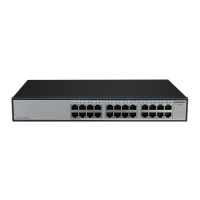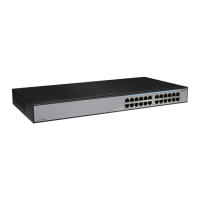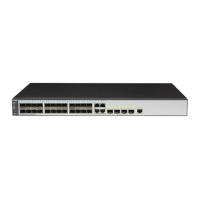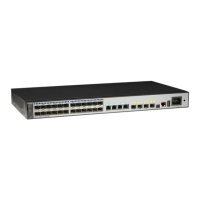l Set the negotiation mode in which P2P neighbor relationships can be set up.
1. Run:
system-view
The system view is displayed.
2. Run:
interface interface-type interface-number
The interface view is displayed.
3. Run:
isis ppp-negotiation { 2-way | 3-way [ only ] }
The negotiation mode is specified on the interface.
By default, the 3-way handshake negotiation mode is adopted.
The isis ppp-negotiation command can only be used for the establishment of the
neighbor relationships on P2P links. In the case of a broadcast link, you can run the
isis circuit-type p2p command to set the link type to P2P, and then run the isis ppp-
negotiation command to set the negotiation mode for the establishment of the
neighbor relationship.
l Configure OSICP negotiation check on PPP interfaces.
1. Run:
system-view
The system view is displayed.
2. Run:
interface interface-type interface-number
The interface view is displayed.
3. Run:
isis ppp-osicp-check
The OSICP negotiation status is checked on a PPP interface.
By default, the OSICP negotiation status of a PPP interface does not affect the status
of an IS-IS interface.
The isis ppp-osicp-check command is applicable only to PPP interfaces. This
command is invalid for other P2P interfaces.
After this command is run, the OSICP negotiation status of a PPP interface affects the
status of an IS-IS interface. When PPP detects that the OSI network fails, the link
status of the IS-IS interface goes Down and the route to the network segment where
the interface resides is not advertised through LSPs.
l Configure IS-IS not to check whether the IP addresses of received Hello packets are on the
same network segment.
1. Run:
system-view
The system view is displayed.
2. Run:
interface interface-type interface-number
S6700 Series Ethernet Switches
Configuration Guide - IP Routing 6 IS-IS Configuration
Issue 01 (2012-03-15) Huawei Proprietary and Confidential
Copyright © Huawei Technologies Co., Ltd.
293

